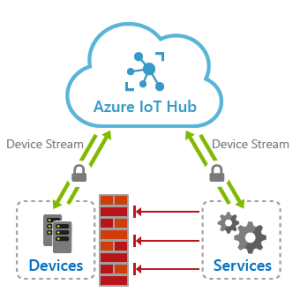
How to Choose a Notebook for Animation Students
Introduction
In today’s digital age, animation has become an increasingly popular field of study. As an animation student, having the right notebook is crucial to ensure a smooth and efficient workflow. Whether you’re creating 2D or 3D animations, finding a notebook that can handle complex software and high-performance tasks is essential.
Determine Your Animation Needs
Before purchasing a notebook, it’s important to assess your specific animation needs. Consider the types of animations you’ll be working on, the software you plan to use, and the complexity of your projects. Are you focusing on 2D animation or diving into the world of 3D modeling and rendering? Understanding your requirements will help you make an informed decision.
Processing Power and Graphics
Animation software can be resource-intensive, so ample processing power is crucial. Look for a notebook with a high-performance processor, such as an Intel Core i7 or above. A powerful graphics card, with dedicated memory, is also important to handle the rendering and visualization requirements of animation software.
Memory and Storage
As an animation student, you’ll be working with large files and complex projects. Sufficient memory (RAM) is crucial for multitasking and running demanding software smoothly. Aim for at least 8GB of RAM, but consider upgrading to 16GB or more if your budget allows.
In terms of storage, opt for a notebook with a solid-state drive (SSD) rather than a traditional hard drive. SSDs provide faster read and write speeds, reducing loading times and enhancing your overall productivity.
Display Quality and Size
An animation student requires a notebook with a high-quality display to accurately visualize their creations. Look for a notebook with a Full HD (1920×1080) or higher resolution display. An IPS panel can provide better color accuracy and wider viewing angles. Ideally, a larger screen size, around 15 or 17 inches, allows for more workspace, but balance it with portability needs.
Battery Life and Portability
Animation students often work on the go or in different locations, so battery life and portability are important factors. Look for a notebook with a long battery life, ideally providing at least 6-8 hours of usage on a single charge. Lightweight and slim designs are also desirable, ensuring easy transportation between classes or studios.
Connectivity and Ports
Consider the connectivity options and available ports on the notebook. Animation students often require USB ports for connecting peripherals, such as drawing tablets or external storage devices. Additionally, having an HDMI output or a Thunderbolt port can come in handy for connecting external monitors or projectors.
Budget Considerations
Finally, determine your budget and find a notebook that balances performance and cost-effectiveness. Prioritize the features that are essential for your animation needs and allocate your budget accordingly. While top-of-the-line notebooks offer exceptional performance, mid-range options can still provide a smooth animation experience within a more affordable range.
Conclusion
Choosing the right notebook for animation students is a crucial decision that can significantly impact your workflow and creativity. By considering factors such as processing power, graphics, memory, display quality, battery life, portability, connectivity, and budget, you can find a notebook that meets your specific animation needs. So, invest wisely, and get ready to bring your imagination to life!

